Michael Healy’s stained glass window in Clarecastle Church

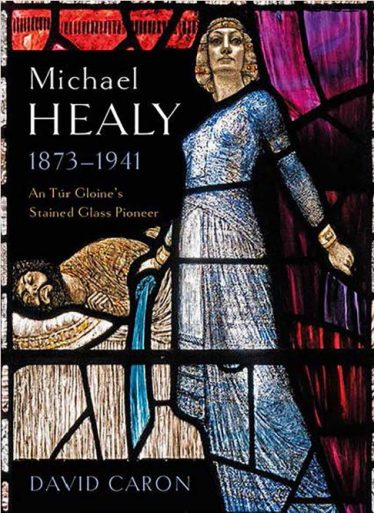
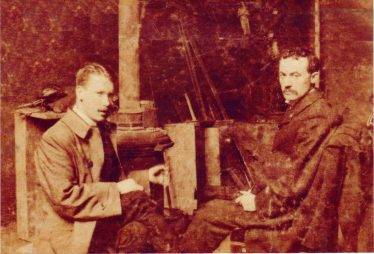
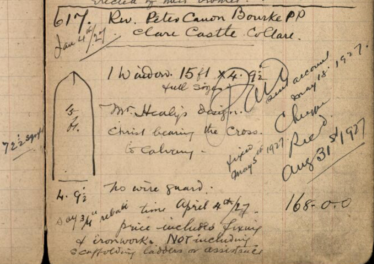
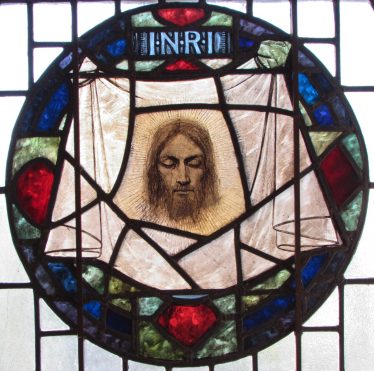
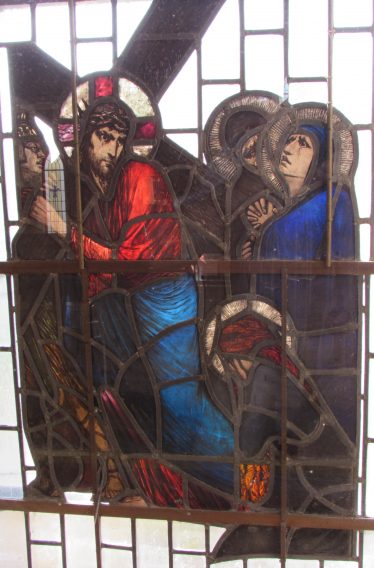
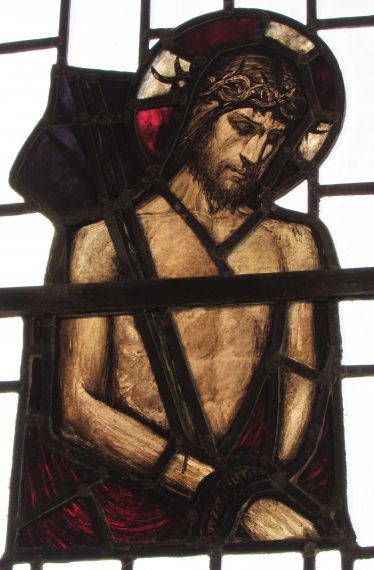
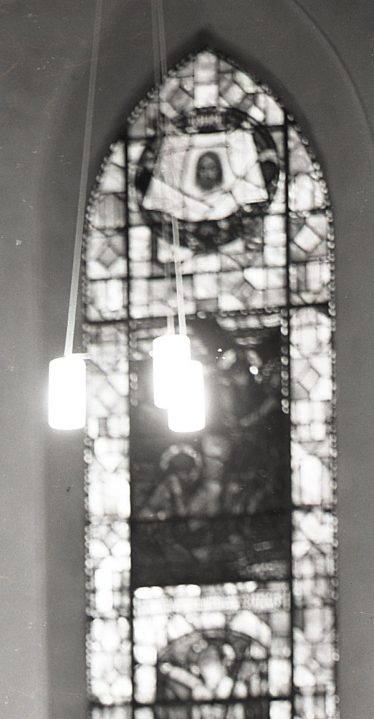

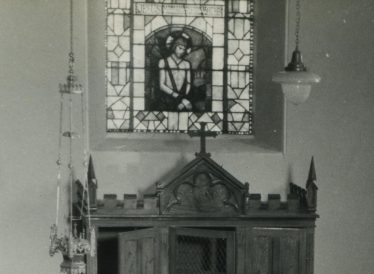
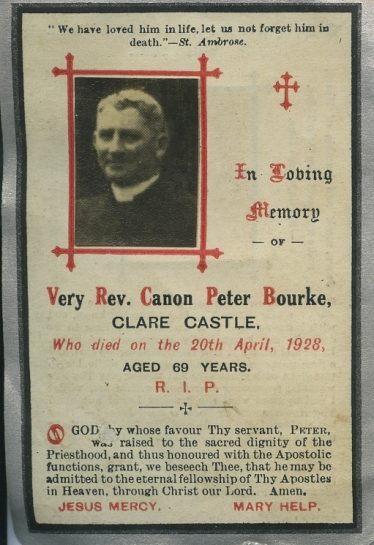
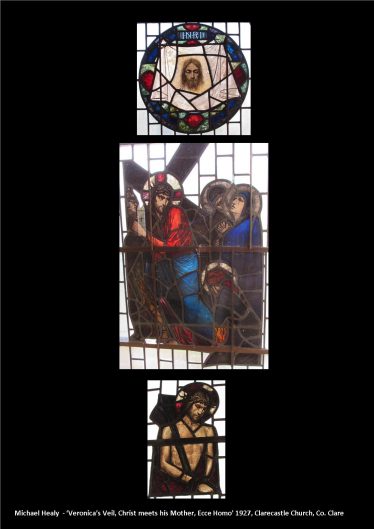

Michael Healy, 1873-1941
An Túr Gloine’s stained glass pioneer
David Caron
This book tells the story of the reclusive artist, raised in a Dublin tenement, who ahead of Harry Clarke, Wilhelmina Geddes and Evie Hone, established the bar for artistic and technical excellence in this exacting craft, and who worked at the world-renowned An Túr Gloine (Tower of Glass) studio for almost four decades. Lavishly illustrated, it charts Healy’s stained glass career and features images of all his principle windows in Ireland and on three continents – windows that convey everything from austere majesty to tender humanity, often revelling in beguiling narrative detail. In his spare time Healy surreptitiously recorded Dubliners going about their daily business, producing many, many hundreds of charming, rapidly executed pencil and watercolour images which collectively form a homage to the citizens of the city he loved.
David Caron’s PhD research at Trinity College Dublin focused on Michael Healy and the stained glass artists of An Túr Gloine. He was one of the three original compilers of the Gazetteer of Irish stained glass in 1988, and was editor and principle author of the revised and expanded edition in 2021. David regularly contributes articles on stained glass to the Irish Arts Review.
The illustration can be viewed on the National Gallery site at:
Extract from the book:
“While Michael Healy assisted Kitty O’Brien he also worked on a design for his own next window, a tall lancet (15 ft high) for the Catholic church, Clarecastle, Co. Clare. It was ordered by the parish priest, Canon Peter Bourke, with funds left to the church by a local shopkeeper, Miss Mary Anne Slattery. Evie Hone acquired the sketch design, possibly gifted to her by Healy after she had joined the studio in the following decade, and she bequeathed it to the National Gallery. The words ‘Jesus Meets His Blessed Mother’ appear prominently in the design and the main image depicts Christ on the way to Calvary struggling under the weight of his cross, glancing back at his mother who reaches out as if to assist him while an approaching soldier appears ready to intervene. It is an image both tender and tense, with a silhouetted crowd looming on the horizon. Above in the apex are two kneeling angels, one holding the imprinted Veronica’s veil, the other with a chalice referencing Christ’s impending sacrifice. Two further depictions of Christ appear side by side as predella panels – Christ celebrating the Last Supper, and Christ depicted in the familiar Ecce Homo pose. Healy has indicated where an inscription would appear at the base with just the words ‘Oct. 1926’ legible. Archival photographs from the 1960s and 70s record how the finished window appeared and it is clear that there had been a change of plan – the two angels were dispensed with and at the base, instead of the two panels side by side, there was just Ecce Homo centered. Pale coloured quarries in a loosely geometric arrangement surrounded the three pictorial elements. The An Túr Gloine work journal records that it was fixed on 5 May 1927. Regrettably the window was radically altered in the med-1980s when all the subtly coloured background glass was inexplicably removed and substituted with cheap clear glass, a sad outcome for what was most likely a fine window”. Pages 226-229
There were, it appears, two Clarecastle people who were instrumental in the commission coming about: the donor, Miss Mary Anne Slattery, who had a shop in Clarecastle. In 1925 Miss Slattery died in Clarecastle at the age of 84 and left funds to the Church; and the person who ordered the window from Michael Healy/An Túr Gloine the following year and he was the local PP, Canon Peter Bourke. The sketch design in the National Gallery would have been presented to Canon Bourke for approval. Usually this is fairly straightforward and it is approved, however in this instance some changes were made. Although the window was reconfigured and a lot of original glass replaced by modern clear glass. Eric Shaw unearthed some archival wedding photographs from the 1960s and 1970s which show the original bottom third of the window and what we see in them is that when Healy made the actual window, instead of having two small panels side by side at the bottom, he only made one, that of Christ in the ‘Ecce Homo’ pose, with hands bound. The other thing we can see is that there is no inscription included.
The cost of the window was £168. This was funded from Miss Slattery’s estate, as well as a water font. She of course never got to see the window, and Canon Bourke did not get to enjoy it for long himself. The An Túr Gloine records (housed in the Centre for the Study of Irish Art in the National Gallery) indicate that it was installed in the Church on 5 May 1927, and we know the Canon died the following year.




No Comments
Add a comment about this page